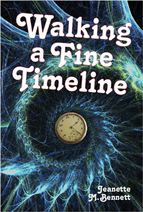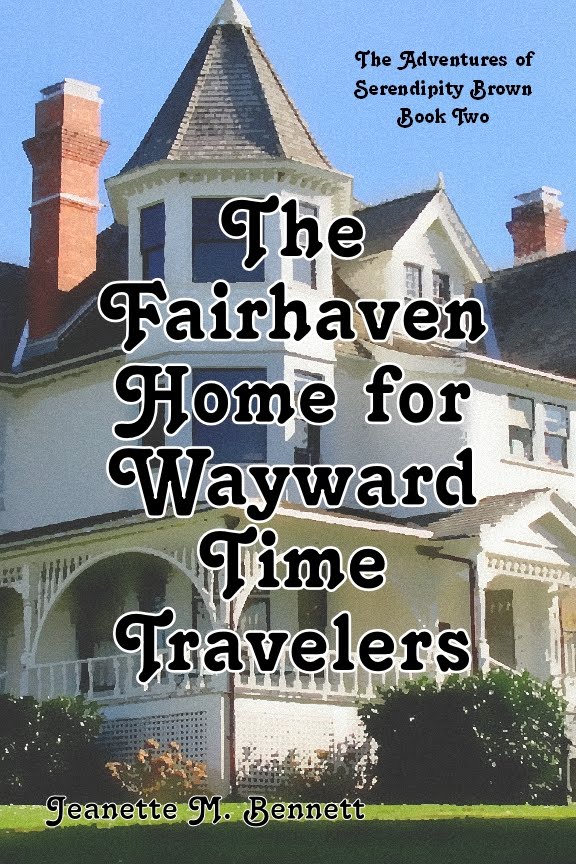 |
| 1807 Bombardment (I do appologize) |
 |
| Henrik Steffens |
Perhaps after this low point, Denmark felt it had nowhere to go but up. Architects had a field day rebuilding Copenhagen, giving the city a neo-classical look. Henrik Steffens, philosopher, scientist and poet, gave nine lectures on German Romanticism, inspiring countless artists, composers and thinkers and getting in trouble with Danish authorities, which probably made it all that more romantic.
Perhaps I should explain what Romanticism is. It was a revolt against stuffy aristocratic social and political norms, the dehumanizing Industrial Revolution and the rational ideas of the Age of Enlightenment. It emphasized individuality, inspiration, intuition and strong emotions. The music, art and literature tried too make you feel awe, horror or passion. It brought us everything from Tchaikovsky’s “Romeo and Juliet” to pre-Raphaelite artists to Gothic horror novels. Victorian culture seemed like a tug-of-war between the progress of cold Industrialism and the sentimentality of emotional Romanticism.
If the Danish Golden Age started on a low note, it ended on a high note. A few days ago, Denmark became a Constitutional Monarchy making it far more democratic. The Danes are currently fighting the First Schleswig War but they will beat Prussia. (The Second Schleswig War won’t go as well.) The ramparts around the city will finally be opened up in the 1850s, allowing the city to expand beyond the crowded inner city. Industrialism will really take off in the 1860s, creating new jobs and wealth.
For now, it’s still 1849 and I plan to find as many of the leaders of Danish Golden age as I can. I will tell you about them in my tweets.
Guide to the Danish Golden Age
 |
| Hankehøj by Johan Thomas Lundbye (1847) |






No comments:
Post a Comment
Due to bots sticking ads into the comments I am now forced to moderate. Differing opinions are welcomed. This is history, which is the surviving written record, which may or may not be accurate. I will even allow comments pushing other books or websites as long as they are relevant.